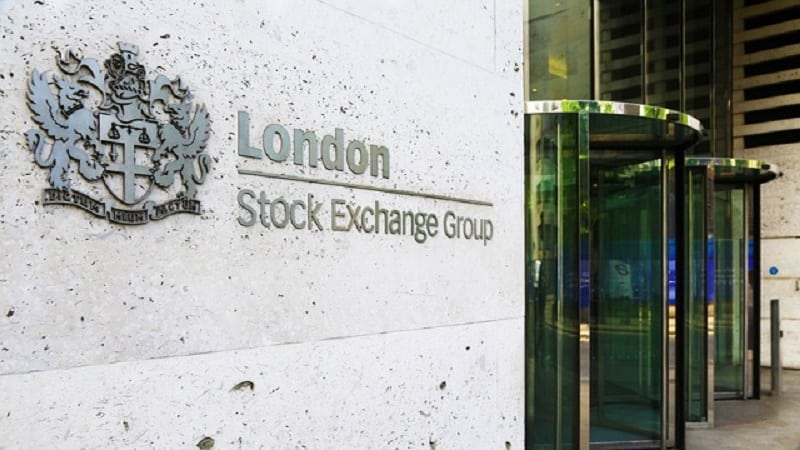By Marc Collantonio, manager of the Nedgroup Global Property fund
AI-related stocks sold off heavily in late January as news emerged about DeepSeek-R1, a Chinese-developed AI large language model (LLM) claiming to deliver performance comparable to US developed AI models, but at a fraction of the cost and with much less physical computing power.
Despite healthy scepticism towards certain aspects surrounding DeepSeek, advancement in its algorithm has been recognised by the tech community including the leaders of NVIDIA, OpenAI and Meta.
DeepSeek’s open-source program allows it to be quickly studied and adopted globally, hence, it could represent a step-change in resource intensity required for the continued development of AI. This has led investors to re-assess the bullish trajectory of demand for advanced computer chips (GPUs), physical infrastructure and power required for the build-out and training of AI models.
As a result, stocks ranging from chip manufacturers, utilities, data centre equipment manufacturers and data centre landlords experienced significant share price declines following the DeepSeek news.
There are potential implications from AI for the data centre real estate sector. There are a lot of unknowns and a number of potential negatives and positives.
First on the negatives list is that AI-related demand for data centres may not live up to previous bullish expectations as future AI model developments could become more resource efficient, requiring fewer advanced chips, less power and cooling, and less data centre capacity than previously anticipated.
Then potential reduction in demand could lead to oversupply conditions in data centres, although not in the near-term given significant supply bottlenecks and lengthy lead-times for electricity grid upgrades, electrical transformers and air-conditioning components required to satisfy current demand levels.
It could also be the case that big tech companies could reduce capex on data centre build outs. While previously announced capex might continue in the short term, it may be re-oriented towards software development rather than hardware (AI training infrastructure). Nevertheless, on its earnings call on 29th January, Meta re-iterated its plans to increase total capex spending to US$60-$65B this year – including increased investment in generative AI.
Investor enthusiasm for AI-related stocks (GPU’s, data centres, utilities etc) since AI emerged as a significant demand driver two years ago, has pushed valuation multiples to elevated levels relative to other sectors.
More positively, DeepSeek may have over-stated its efficiency, and may not prove to be as great a departure from current AI infrastructure needs as initially estimated.
There is a long history of technology efficiencies driving increased adoption and ultimately growing the total demand pool. Microsoft’s CEO Satya Nadella referenced Jevons Paradox, the observation that improvements in resource efficiency often leads to increased, rather than decreased, overall consumption of that resource.
The emergence of cheaper and more efficient AI models could also spawn new entrants (previously precluded due to significant upfront costs, the ‘money moat’ that benefited incumbent big-tech companies).
And it could be that cheaper AI development could speed up AI adoption. This could drive greater AI inference1 demand, benefiting existing data centre owners located in major population centres, as they cater to end-users requiring strong network connectivity and lower latency.
While DeepSeek is more efficient and its advancements likely to be widely adopted, major tech companies remain focused on developing more sophisticated artificial general intelligence (AGI), also likely to require increased computing power for training and inference.
National security concerns and geopolitics could also drive duplication of AI investment. DeepSeek’s emergence may compel tech companies and governments globally to increase capex to further improve AI capabilities.
Data centres present a compelling case, predicated on the expansion of the digital economy across a broad range of use-cases, not just AI.
Wholesale data centre rents inflected positively in 2022 as construction cost inflation spiked, interest rates rose dramatically and real estate cap rates increased coinciding with the emergence of large-scale AI as an additional demand driver.
This was together with significant supply bottlenecks in securing power to data centre sites and lengthy lead times for certain building components including electrical transformers and air conditioning equipment.
REITs were amongst the better performing equity sectors during the DeepSeek-induced selloff. REIT underperformance in Q4 2024 is mostly relating to issues not of the sector’s own doing, the increase in bond yields perhaps chief among them.
Real estate operating fundamentals remain generally sound, and valuations appear attractive versus longer term metrics.
The ramifications of more resource efficient AI models is not fully understood, but the industry is being challenged to consider the technology more rationally and alleviate some of the pressure to develop supporting infrastructure.
This should result in a more disciplined supply response for an industry that is still in relative infancy, but the path will not be without hurdles.









